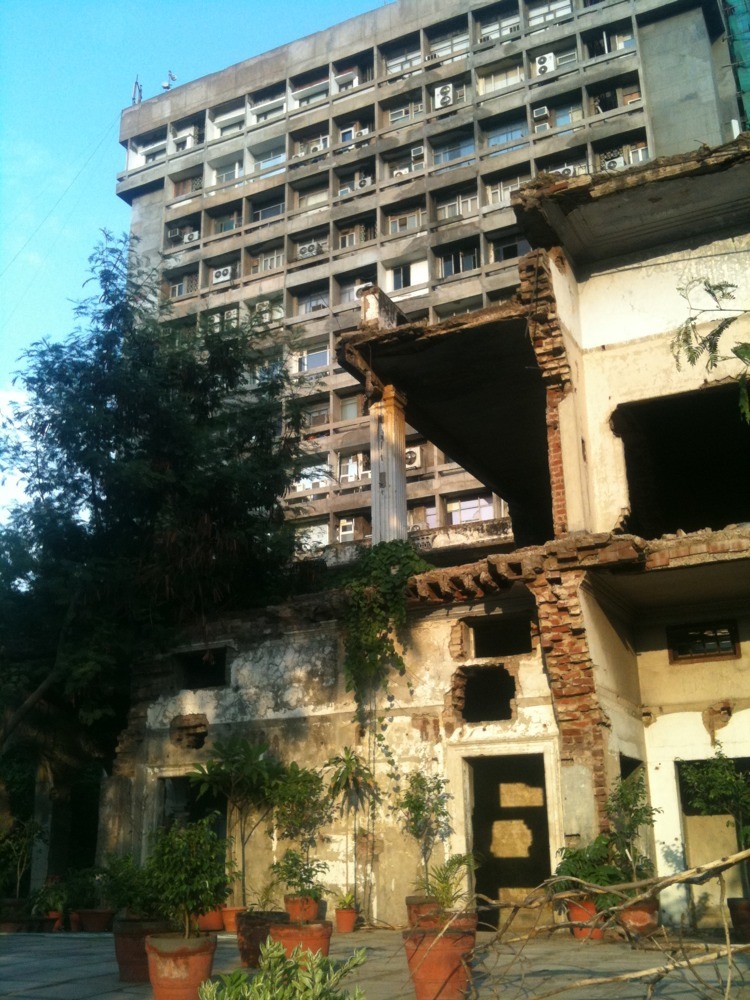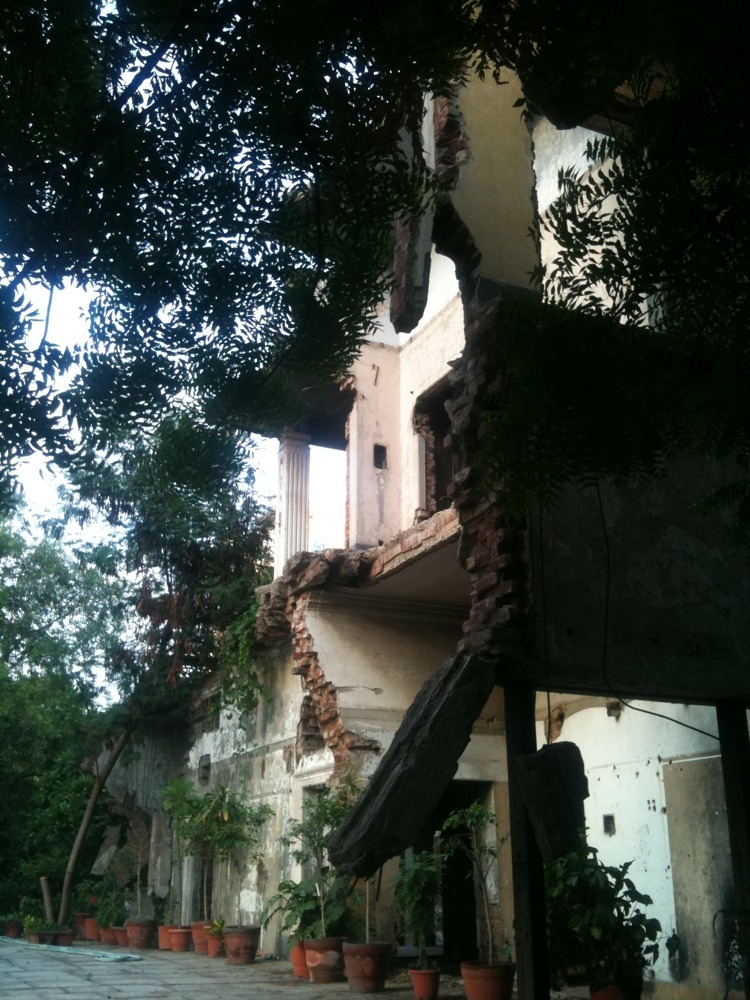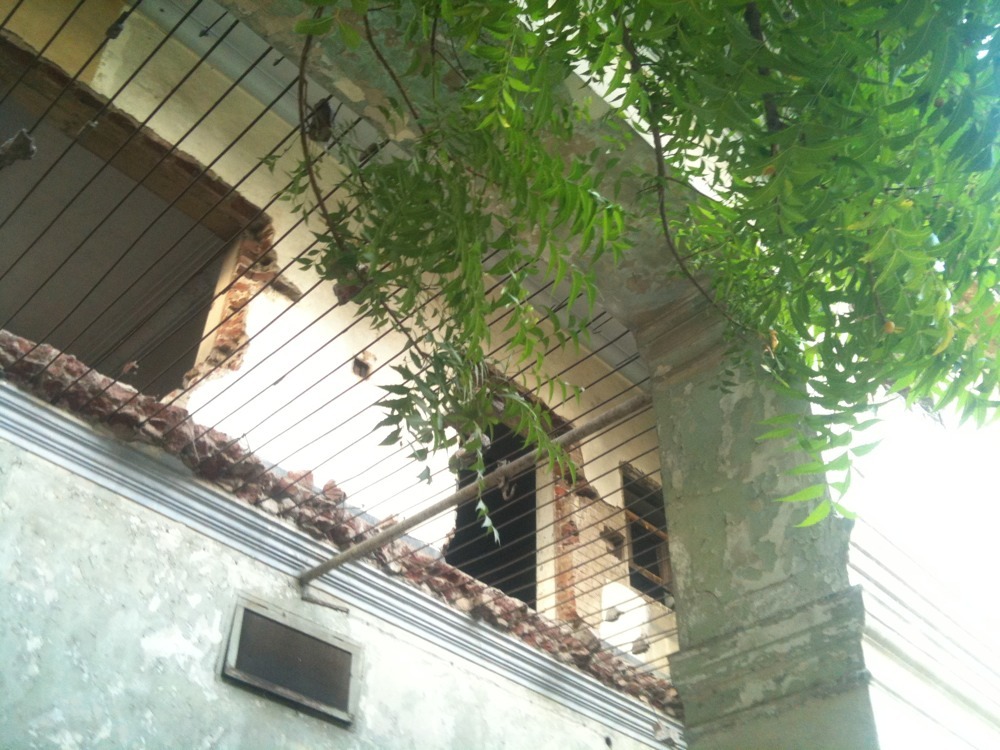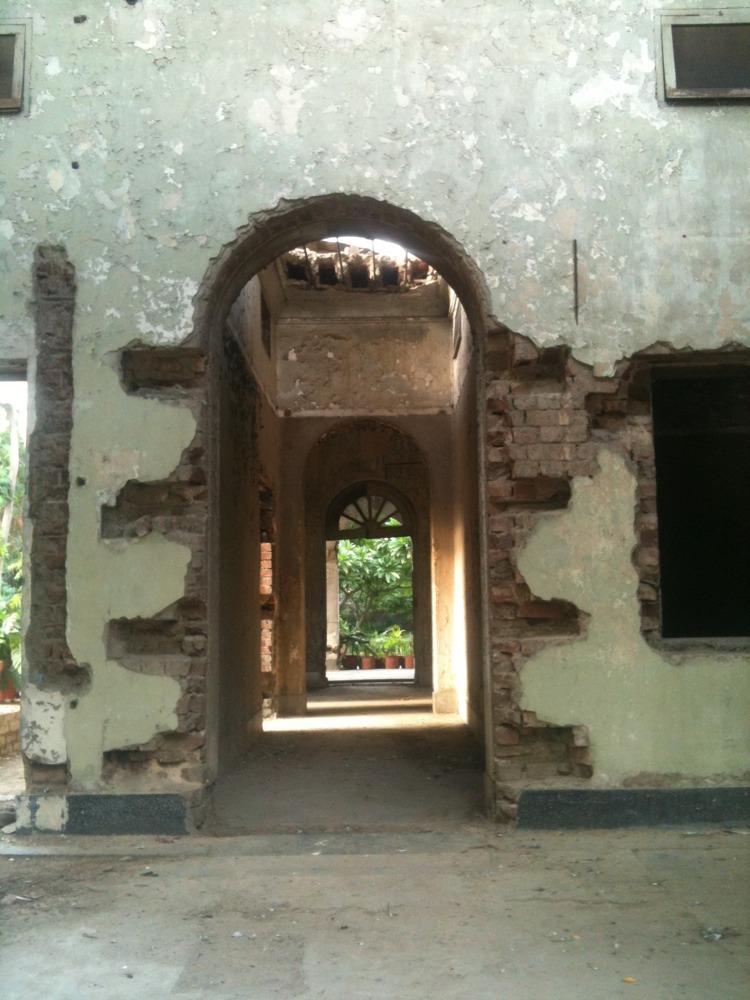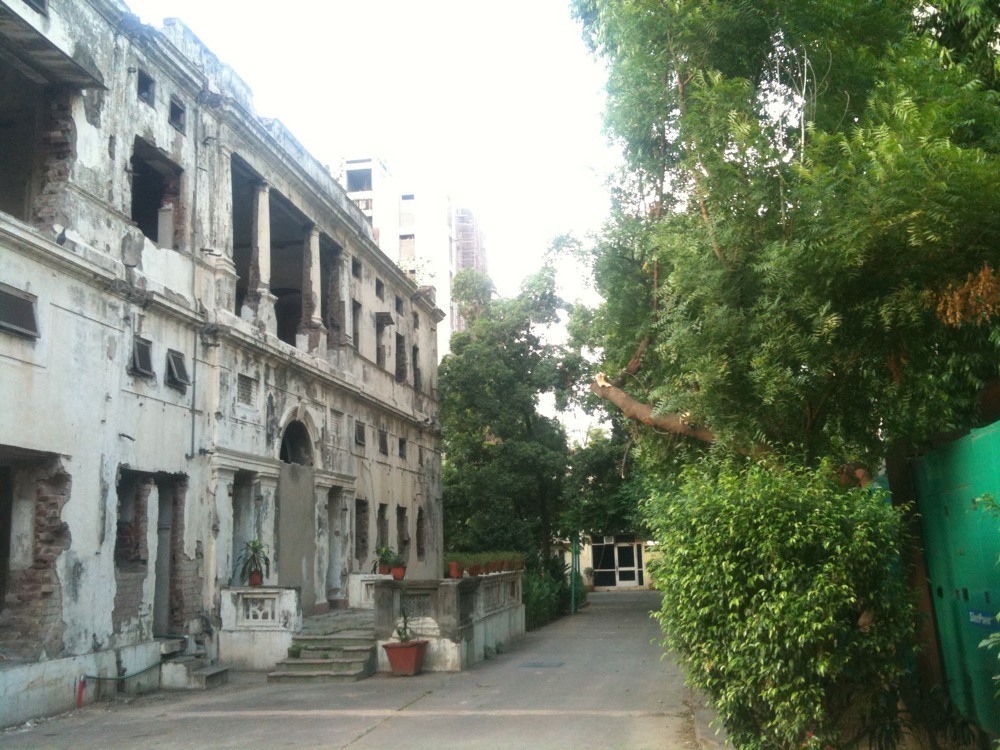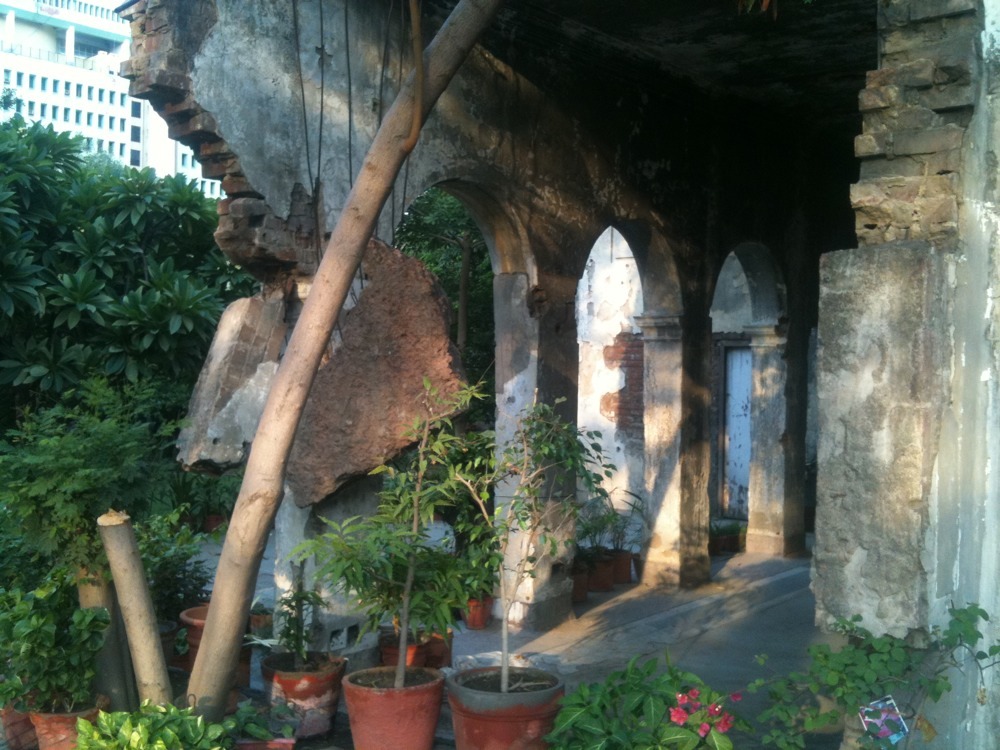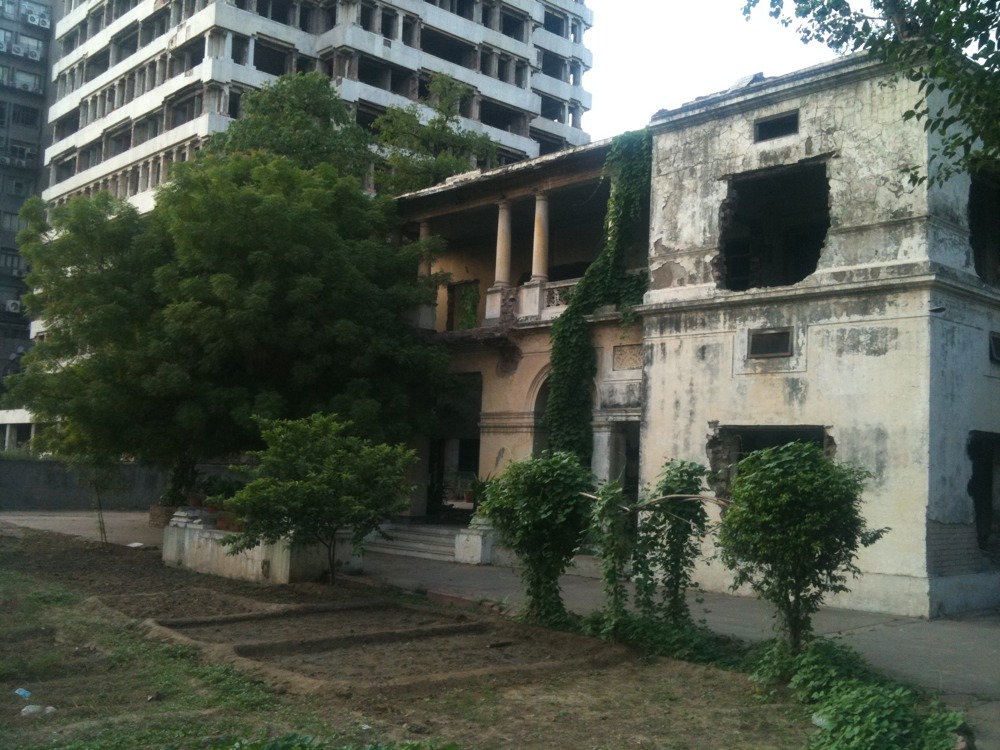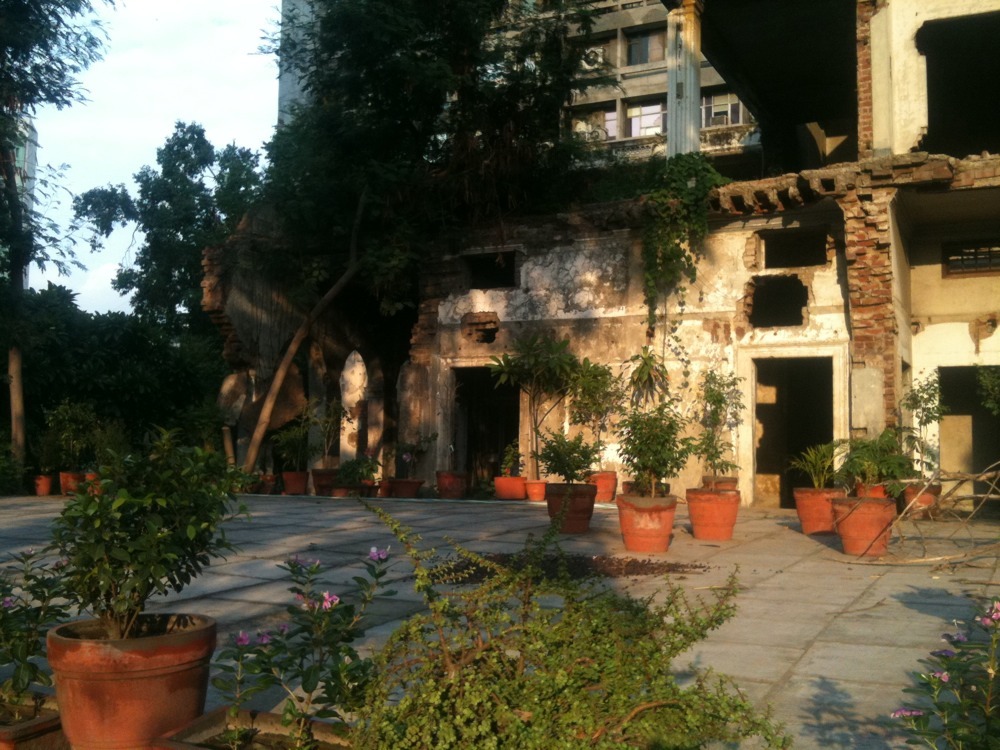BHOPAL: Madhya Pradesh Chief Minister Shivraj Singh Chouhan has stirred a hornet’s nest in the state by announcing that Bhagvad Gita would be taught in all schools, with Opposition Congress dubbing the move as an attempt to saffronise education.
Tag Archives: india
Tomorrow We Disappear by Jim Goldblum, Adam Weber, + Josh Cogan
Pretty pictures, and yes highlighting slum demolition and destruction of traditional communities is good. Of course, this might just end up a movie exoticising India – I hope not!
Patently absurd – @Novartis fighting to sell cancer drugs at 10x the cost?
In a country of hundreds of millions of poor people, Novartis is fighting to renew its patent on cancer treatment drug Glivec, which generics can produce more than 10x cheaper. The initial patent was grants in 1993 and Novartis now seeks to get another 20 years…
Did the west help create the current sex-selection crisis in many states of India?
AS HE walked into the maternity ward of Lok Nayak Jayaprakash Narayan Hospital in Delhi on his first day at work in 1978, Puneet Bedi, a medical student, saw a cat bound past him “with a bloody blob dangling from its mouth.” “What was that thing—wet with blood, mangled, about the size of Bedi’s fist?” he remembers thinking. “Before long it struck him. Near the bed, in a tray normally reserved for disposing of used instruments, lay a fetus of five or six months, soaking in a pool of blood…He told a nurse, then a doctor, I saw a cat eat a fetus. Nobody on duty seemed concerned, however.” Mara Hvistendahl, a writer at Science magazine, is profoundly concerned, both about the fact that abortion was treated so casually, and the reason. “Why had the fetus not been disposed of more carefully? A nurse’s explanation came out cold. “Because it was a girl.”
Sex-selective abortion is one of the largest, least noticed disasters in the world. Though concentrated in China and India, it is practised in rich and poor countries and in Buddhist, Hindu, Christian and Muslim societies alike. Because of males’ greater vulnerability to childhood disease, nature ensures that 105 boys are born for every 100 girls, so the sexes will be equal at marriageable age. Yet China’s sex ratio is 120 boys per 100 girls; India’s is 109 to 100.
The usual view of why this should be stresses traditional “son preference” in South and East Asia. Families wanted a son to bear the family name, to inherit property and to carry out funerary duties. Ms Hvistendahl has little truck with this account, which fails to explain why some of the richest, most outward-looking parts of India and China have the most skewed sex ratios. According to her account, sex-selection technologies were invented in the West, adopted there as a population-control measure and exported to East Asia by Western aid donors and American military officials.
The ultrasound and other technologies that identify the sex of a fetus started out as diagnostic devices to help people with sex-linked diseases, such as haemophilia, conceive healthy children. They were greeted rapturously in America in the 1960s. “Ultrasound Device Takes Guessing Out of Pregnancy” ran one headline. “Control of Life: Audacious Experiments Promise Decades of Added Life” ran another.
But 1960s America was also a period of growing concern (hysteria, even) about population in developing countries. Policymakers, demographers and military men all thought rapid population growth was the biggest single threat to mankind and that drastic measures would be needed to rein it in. One such figure was Paul Ehrlich, whose book, “The Population Bomb”, became a bestseller in 1968. Mr Ehrlich pointed out that some Indian and Chinese parents would go on having daughter after daughter until the longed-for son arrived. If, he argued, they could be guaranteed a son right away, those preliminary daughters would not be born, and population growth would be lower. Sex selection became a tool in a wider battle to stop “overpopulation”.
But how did an obsession of Western policymakers turn into the widespread practice of destroying female fetuses in Asia? Partly, argues Ms Hvistendahl, through aid. The Ford and Rockefeller Foundations gave over $3m to the All-India Institute of Medical Sciences (AIIMS) in the 1960s, helping it to pioneer India’s first amniocentesis tests, initially for genetic abnormalities and later for identifying fetal sex. India at that time was the World Bank’s biggest client, and the bank made loans for health projects conditional on population control.
The other day, I glanced over this review of the book “Unnatural Selection: Choosing Boys Over Girls, and the Consequences of a World Full of Men”. The review itself raises some chilling statistics (2.75 abortions in Seoul per live birth in 1977, conditional loans from WB to India on population control measures – out of which ultrasound became a big tool, etc.) and the book seems at least worth reading to give another perspective to the traditional view that the problematic gender balance in India is caused by cultural / religious factors alone.
Read the full review here: http://www.economist.com/node/21525348# .
… or you could pay tax
For those who haven’t read – India is currently all ablaze with discussions around the anti-corruption campaigner Anna Hazare and his (Swedes – make no mistake this Anna is an 80 year old guy) engagement of large amounts of the Indian middle class around a proposal for new anti-corruption measures. The goal is good, but the proposals seek to weaken many democratic institutions in the process of trying to stamp out corruption (including power of judiciary) making them somewhat problematic. I won’t give a summary of it all – but for your “allmänbildning” (“general knowledge” in Swedish) this is, for better or worse, probably one movement that will be added into the history books (and probably somewhat ignored in western news and history classes leaving you and your offspring potentially horribly ignorant unless you follow my advice and read up on your own).
While getting my phone fixed today, I passed through crowds of middle class peeps with flags, Anna-caps and face paintings. As I entered the phone fixers office, I met a couple who were out to buy an iPad. Being buyers of such an expensive product (representing the annual salary of your average domestic worker) they are naturally upper middle class. Probably tired of the bribes that pervade any official dealings in India, they were probably supporters of the Anna Hazare movement (disclaimer: I didn’t ask them). However, what they didn’t seem to realize was that the question they were being asked by the vendor as I entered the shop was inexorably linked to the issue of corruption – “with or without bill?”
See, in India, almost anything that you buy can be got with or without bill. With bill (at least ostensibly) means that such things as service tax (10.6%) have been levied. With bill thus means that the price of whatever you buy will be considerably higher. When the choice arises of whether you want to pay 30000 or 35000 rupees for your iPad (for which warranty is given by Apple regardless) official corruption might not be the thing that is on the top of your mind and that piece of stamped bill paper might not seem so relevant. But in fact, in the end, if these middle class consumers truly care about corruption, they also need to ensure that they pay taxes. It won’t solve corruption, and the Indian government are currently doing fairly well with revenues, but it is a crucial step and an important behavioral change in order to bring money into official systems.
20 Barakhamba road
Nestled amongst the high-rises of Barakhamba road, themselves soon to be relics, lies a fragment of what New Delhi was created for.
Once a stately bungalow, at what must have been a very posh address, just behind, what was then the new commercial center, Connaught Place (now Rajiv Chowk), this building, in complete disrepair, seem to have at least managed to retain a prolific mali with the potted plants fitted with little signs stating the type of growth they hold.
A great pleasure it is that Delhi offers – the ambling about the circles emanating from CP down towards the south looking at the bungalows now housing the powerful (and no doubt often corrupt) Indian political elite. The difference between the various parts such as New, South, East, West and Old Delhi is so clear that when you’re in an auto you need no map to know when you’ve passed from one area to the other.
At first I was somewhat apprehensive of the green wide streets of Lutyens Delhi, feeling that it made the city feel so un-urban with the bungalows which – unalike traditional Indian dwellings (so tell me the excellent Lucy Peck book on Delhi) – “faces” outwards requiring large gardens to create a green buffer between the outwards focal point of the building and the street. And even though I have yet to cosy up to one of those IAS fellows living inside, I can still enjoy the views of the gardens and verandas as I stroll between CP and Central Secretariat, the apprehension gone after having spent almost a year living in the dense crowded colonies of South Delhi, about which another blog post might be dedicated.
All in all, this is one area I have learnt to appreciate, and as in many places in India it holds neat little surprises. Like 20 Barakhamba road.
In Rajasthan, get sterilised, grab a chance to win Nano – Indian Express
Undergoing sterilisation in Rajasthan’s Jhunjhunu district can now win you a Nano, motorcycles, television sets or a mixie. A new health department scheme to promote sterilisation offers those who undergo sterilisation a chance to enter a lucky draw and win one of several prizes — with a Tata Nano as the top prize.
The scheme was launched on Friday. Jhunjhunu chief medical officer Sitaram Sharma said: “This scheme is only to promote sterilisation in the district and we believe this incentive would help. Though this district has one of the least population growth rates in the state, an incentive could only help improve the situation.”
Jhunjhunu’s population has grown by 11.8 per cent in the last 10 years and on an average, Sharma said, close to 10,000 men and women undergo sterilisation in the district every year. The Centre’s incentives for sterilisation include Rs 1,100 for men and Rs 600 for women.
1100 Rs AND a chance to get a Tata Nano.. sounds too good to be true.
Trashed, or, the tough life of an Indian idol
Ganesh and Lakshmi was not having a good day that day.
Home sweet home
This is one of those “write back home” posts that I haven’t done much of in this blog.. well I’ve got a few comments that I didn’t publish any pictures of my new apartment, so to oblige here are a couple of them (in not too great image quality) showing the place I now call home!
Together with M, who’s living with me, we have a lot of small little projects, often focused on making life slightly more sustainable, going on that I hope to post about in the upcoming few weeks.My very first cheque book
I used to think cheques were so cool when I was a kid. Sadly, once I got old enough to have an account – cheques were completely out of favor. However – in India they are still used, so with my newly opened account I now have a cheque book! Yay! Only problem remaining is someone to actually write a cheque too. Damn.

